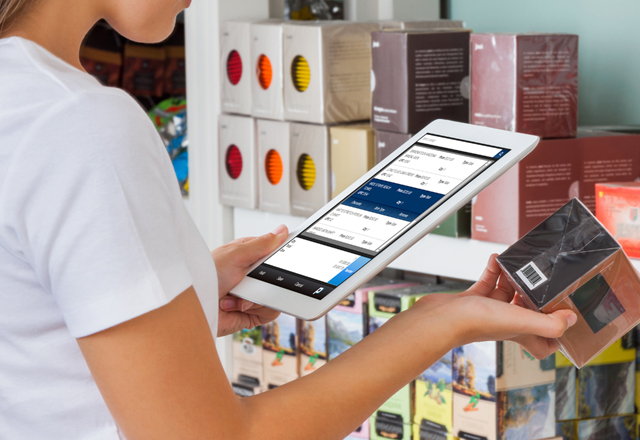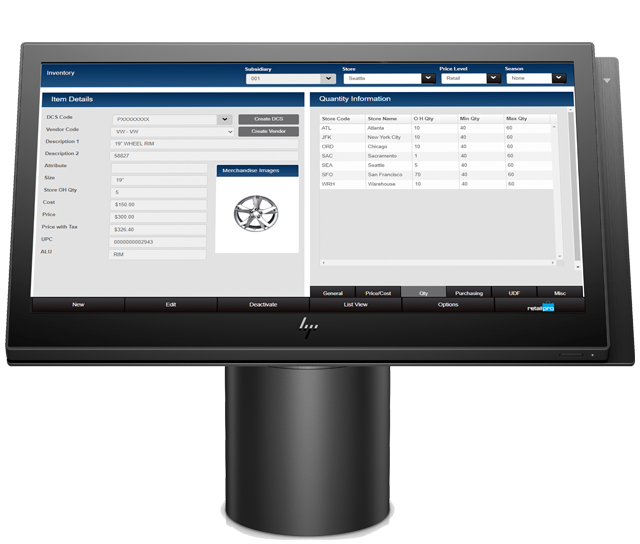
The larger a retailer becomes, the longer it takes to get simple tasks accomplished.
Whether it is an associate’s inability to quickly respond to a customer’s product feature query, or the HR department’s delay in answering an employee’s benefits question, such examples are indicative of a systemic problem in providing relevant information when needed.
Then, when a global pandemic strikes, the inefficiencies resulting from operational growing pains are made all the more evident.
A systemic information problem
Inefficiencies tend to be rooted around lack of information.
A customer service agent doesn’t have visibility into the supply chain, for example, and can’t answer a customer’s question about order status.
In addition, the consequences of those inefficiencies are generally not confined to the backroom – one inventory problem can very quickly escalate to a customer service issue when a product shows up on the computer as in-stock, yet isn’t available on the sales floor.
Attempting to solve customer problems can be a frustrating process for both the employee and the customer, which may eventually lead to loss of trust and decreased retention for the business.
That threat can’t be taken lightly; according to Salesforce, 76% of customers report that it’s easier than ever to take their business elsewhere.
Gaining comprehensive visibility
A comprehensive suite of reporting and analysis capabilities is necessary to make sense of all the data a retail business collects through its various sales channels, including in-store as well as online and social media.
Customizable business intelligence dashboards and reporting tools like Retail Pro Decisions and Retail Pro Reporting deliver visibility of operational performance and exception alerts.
They are available on a wide range of desktop and mobile devices and provide not only decision-making data daily, but also a historical and trend view that offers strategic insights.
Selective archive search

Slow, inefficient archive operations force employees to struggle with storage and retrieval of in-formation that business analytics provides, stealing time from performing their core responsibilities.
Gathering too much information can be a major barrier to accessing the right information.
Some inefficiencies can be solved with archival systems that enable the easy application of multiple retention rules according to the document category.
For example, those HR records that require longer archiving periods than others would automatically be filed appropriately.
In addition, permissions are automatically allocated to those who require them according to skillset and authority.
All archived materials should be easy to access as needed.
Visibility into what?
Retailers are faced with gathering the answers to inventory questions, beyond what products are best-sellers and who is the target customer.
Such analytical questions include:
- What products should be sold together?
- What is the optimal shelf life is for certain products?
- Is the pricing strategy impacting sales volumes?
- What should the sell-through percentage be?
- What is the stock-to-sales ratio?
- What is the stock turn, and how many days of supply are there?
Best-in-class retailers head off problems from the start.
They understand the need for great reporting tools and the need to analyze the data, not just collect it.
They are proactive and require tools that alert them to potential problems, help them figure out root causes of successes as well as failures, and enable their businesses to be more agile so they can adapt when needed and profit from future trends.























